Get an optimal display experience in any game with ROG dual-mode monitors
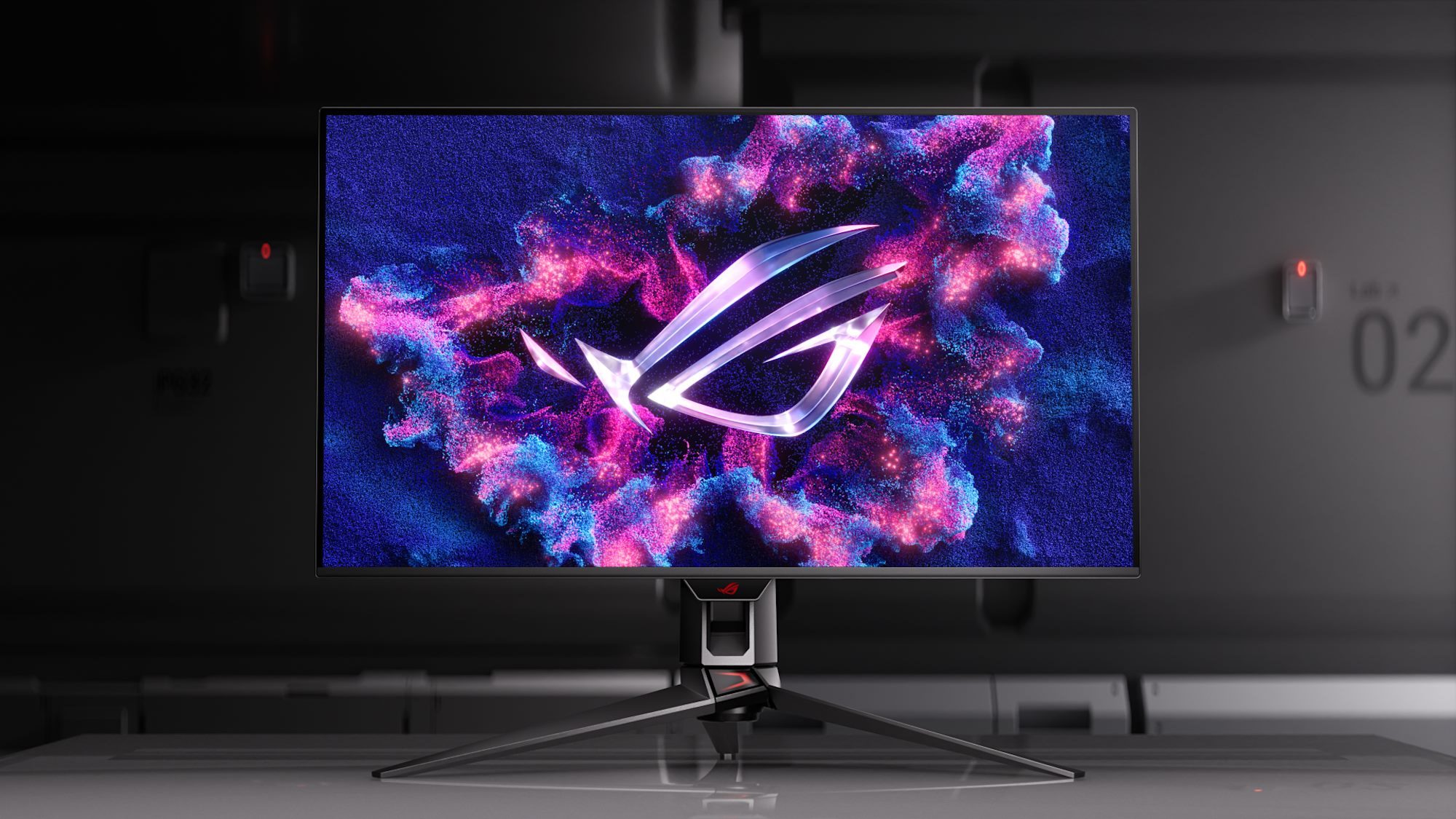
Follow me for a moment on a little thought experiment. What’s your ideal gaming monitor for Alan Wake 2? My first thought is that I want something big and immersive, a monitor that fills the periphery of my vision so that I’m fully engaged in the game’s creepy, mesmerizing world. I want a 4K resolution to keep the image crisp and detailed on that large panel — and given how graphically demanding the game is, variable refresh rate tech is a necessity to keep the animation smooth and tear-free. Color performance matters, too. I want inky black shadows, bold highlights, and high-end color accuracy so that every pixel is painted as the game’s artists intended.
Now switch gears. What’s your ideal gaming monitor for Counter-Strike 2? This question puts me in very different territory. I prefer a more compact screen, for starters. A 24-inch display keeps the action in the center of my vision for better control. I want the highest refresh rate that I can get. Like most folks, I run the game at Full HD. Even mainstream PCs can produce hundreds of frames per second in this game, and I want to take full advantage of every single one. I look for an extremely low response time for exceptionally clear and blur-free motion even in the fastest-paced action.
Kick compromise to the curb
We could continue this thought experiment for quite some time, thinking through our preferences for racing sims, RPGs, MOBAs, retro gaming, and more. We could go further and talk about the monitor specs that matter most when we’re doing everyday tasks with our PC like web browsing, photo editing, or watching movies. But just looking at Alan Wake 2 and Counter-Strike 2 is sufficient to make the point: there are huge differences between the ideal monitor for each game. The more you optimize your setup for one, the more you compromise your experience in the other.
Now, if you’re the type of gamer who’s devoted to one genre, you may not be all that concerned about this. You might be perfectly content to look for a monitor that’s tightly optimized for the needs of one type of game.
But for gamers like me that dabble in a wide variety of genres, this thought experiment reveals the tightrope act that we’ve been forced to perform for years. Since there’s no single monitor that’s ideal for every game in our library, we aim instead for the Goldilocks zone of monitor specs. We compromise. We end up with a monitor that doesn’t offer the ultra-high resolution that we want for some of our games, nor the lightning-quick refresh rate that we prefer for other titles.
At ROG, we hate compromise. We relentlessly pursue new tech and new designs to ensure that you don’t have to settle for less as you’re building your dream gaming setup. That’s why we’re shaking up the gaming world with a new type of display: the dual-mode gaming monitor.
Dual-mode monitors: what they are, and why they matter
Briefly put, a dual-mode monitor lets you quickly flip between two different modes, one that prioritizes resolution and one that prioritizes refresh rate.
Dual-mode monitors give you the best of both worlds. Take the ROG Swift OLED PG32UCDP, for instance. One mode features a detailed 4K resolution and a plenty-fast 240Hz refresh rate. That pairing is perfect for a wide range of scenarios. Maybe you’re revisiting Half-Life 2 to celebrate its 20th anniversary. In this mode, you’ll get a detailed image across the big 32-inch panel along with fluid animation that’ll have you tossing around barrels and sawblades with the gravity gun like a master juggler. You’ll probably prefer this mode for immersive sims, role-playing games, survival games, and watching streams.
The 4K mode also offers advantages for everyday computing, where a fast refresh rate is a welcome bonus but the high resolution is a game-changer. When you’re multitasking with several apps or browser windows, it’s incredibly valuable to have the extra screen real estate afforded by the 4K resolution.
Switch to the PG32UCDP’s other mode, called “Frame Rate Boost” in the OSD, and you’ll have access to a dazzling 480Hz refresh rate at a Full HD resolution. That’s a perfect fit for esports games, where the sky-high refresh rate provides an undeniable competitive advantage over opponents with last-gen display tech. As an OLED monitor, the PG32UCDP pairs that incredible refresh rate with an otherworldly response time of only 0.03ms. Each pixel can transition to a new color at stunning speeds. That means that the image stays astonishingly clear and blur-free, even as you’re spinning around quickly in-game to react to an enemy who’s trying to get the jump on you. You might also prefer this mode for racing sims and any other game where the refresh rate provides more of an advantage than the increased resolution.
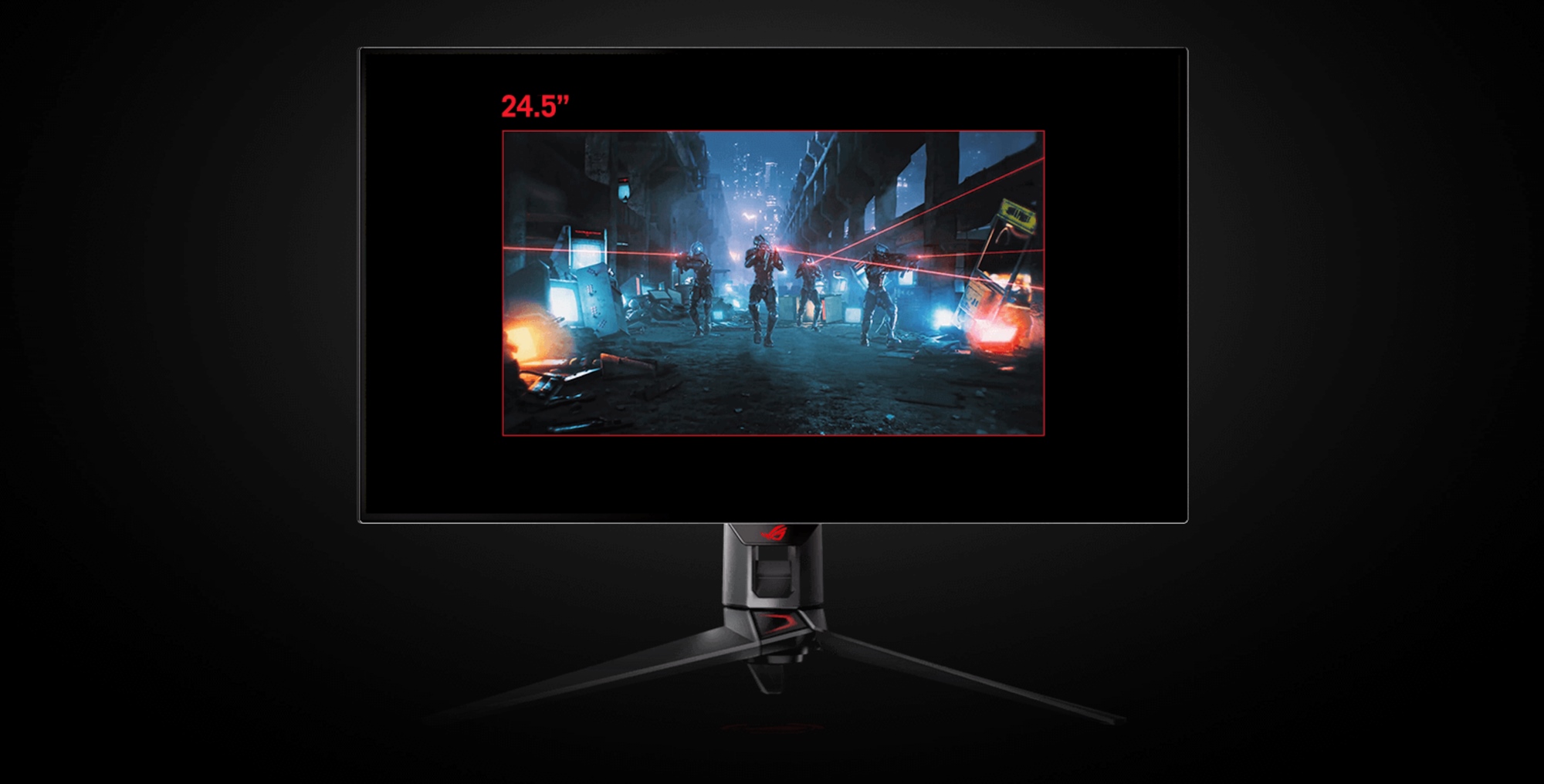
Perhaps you’re worried about the PG32UCDP being too large for competitive play? You might find it useful to use the monitor’s optional Aspect Ratio Control when you toggle the FHD 480Hz mode. The PG32UCDP lets you choose between 24.5-inch or 27-inch imagery, the sizes preferred by many esports professionals.
Under the hood of a dual-mode monitor
Standard displays allow you to select from a range of resolutions and refresh rates, but for the most part that ability is merely academic. With such monitors, you’ll get the best display experience by selecting the highest resolution and refresh rate available and leaving those settings alone. A dual-mode monitor does much more.
The ROG Swift OLED PG32UCDP starts with a 240Hz panel that offers a native 4K resolution — an array of 3840x2160 pixels. When you engage Frame Rate Boost, the display refreshes two lines at once in both the horizontal and vertical dimensions. This cuts the effective resolution in half down to 1920x1080, but it also doubles the refresh rate to 480Hz. To make sure that you have a seamless experience switching between the modes, no matter what device you use to drive the display, the monitor communicates its capabilities to the device through two separate EDID tables.
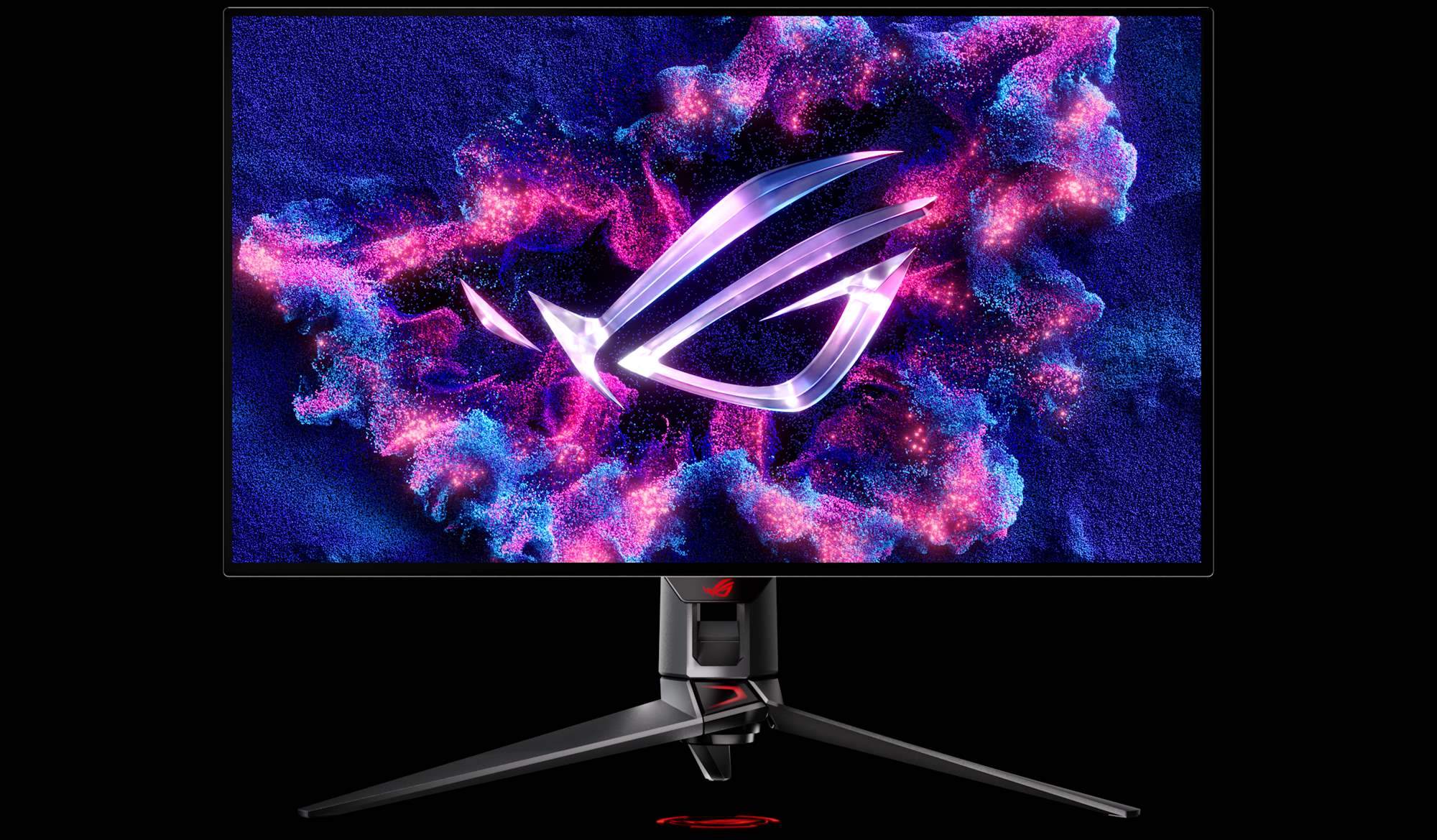
For dual-mode monitors with an LCD panel, there’s one more piece of the puzzle: overdrive. This crucial gaming tech boosts image clarity in fast paced scenes. The ideal level of overdrive depends on the current frame rate, so monitors with ASUS Variable Overdrive technology dynamically adjust the overdrive setting as frame rates fluctuate. Considering that dual-mode monitors offer such different refresh rates between their two modes, one table of overdrive values doesn’t make the cut. Our LCD dual-mode monitors include two separate overdrive tables to ensure crisp, clear motion with minimal overshoot, no matter which mode you’ve enabled. Right now, ROG dual-mode monitors are the only ones on the market to offer dual overdrive tables.
How to switch between the two modes
For you to get the most out of your dual-mode monitor, it has to be easy to switch between the modes. Both the ROG Swift OLED PG32UCDP and the ROG Strix XG27UCG have a dedicated physical button that lets you make the switch. Tap it once to bring up the menu and select Frame Rate Boost. The screen will go dark briefly as Windows adjusts to the new monitor settings, and then you’re ready to go.
The option to toggle Frame Rate Boost also lives inside the on-screen display (OSD) menu. Tap the monitor’s joystick control to open the OSD and look for Frame Rate Boost under gaming settings.
Discover your new favorite game with a dual-mode monitor
People often select a monitor based on the type of game that they play the most. But that can have the knock-on effect of reducing the impact of different genres, making gamers less likely to branch out and try new options.
For example, perhaps you have a monitor that’s tightly tuned for competitive play in Valorant. It's compact, runs at a baseline resolution with an S-tier refresh rate, and dynamically lifts shadows for easier spotting of enemies. Load up Silent Hill 2 on such a monitor, and you might wonder what all the fuss is about. When you play this game on a smaller screen with diminished shadows and less ability to appreciate the detailed textures created by the game’s artists, you might not see why people find it an immersive, tense experience.
And that’s a shame, because the right setup elevates this incredibly atmospheric game to heightened levels of dread. The visual and audio design is impeccable, and it provides a way for a new generation of gamers to appreciate an all-time survival horror classic.
If you equip your gaming setup with a dual-mode monitor, you just might find your taste in games expanding. When you’re able to have a visual experience that’s optimal not just for your preferred genre, but any type of game that you happen to explore based on a Steam sale or a new PC Game Pass addition, you might find a new gaming obsession that wouldn’t have caught your attention otherwise.
Dual-mode monitor options for any gamer
In many ways, ROG monitors with OLED panels are the perfect options for experiencing dual-mode monitor tech. Not only are they capable of reaching incredible refresh rates while driving down response times to levels that LCDs can’t match, they also deliver otherworldly color performance. The contrast they offer has to be seen to be believed, and they up the ante with exceptional wide color gamut support and professional-grade color accuracy. Look to the ROG Swift OLED PG32UCDP for the most premium dual-mode monitor experience.
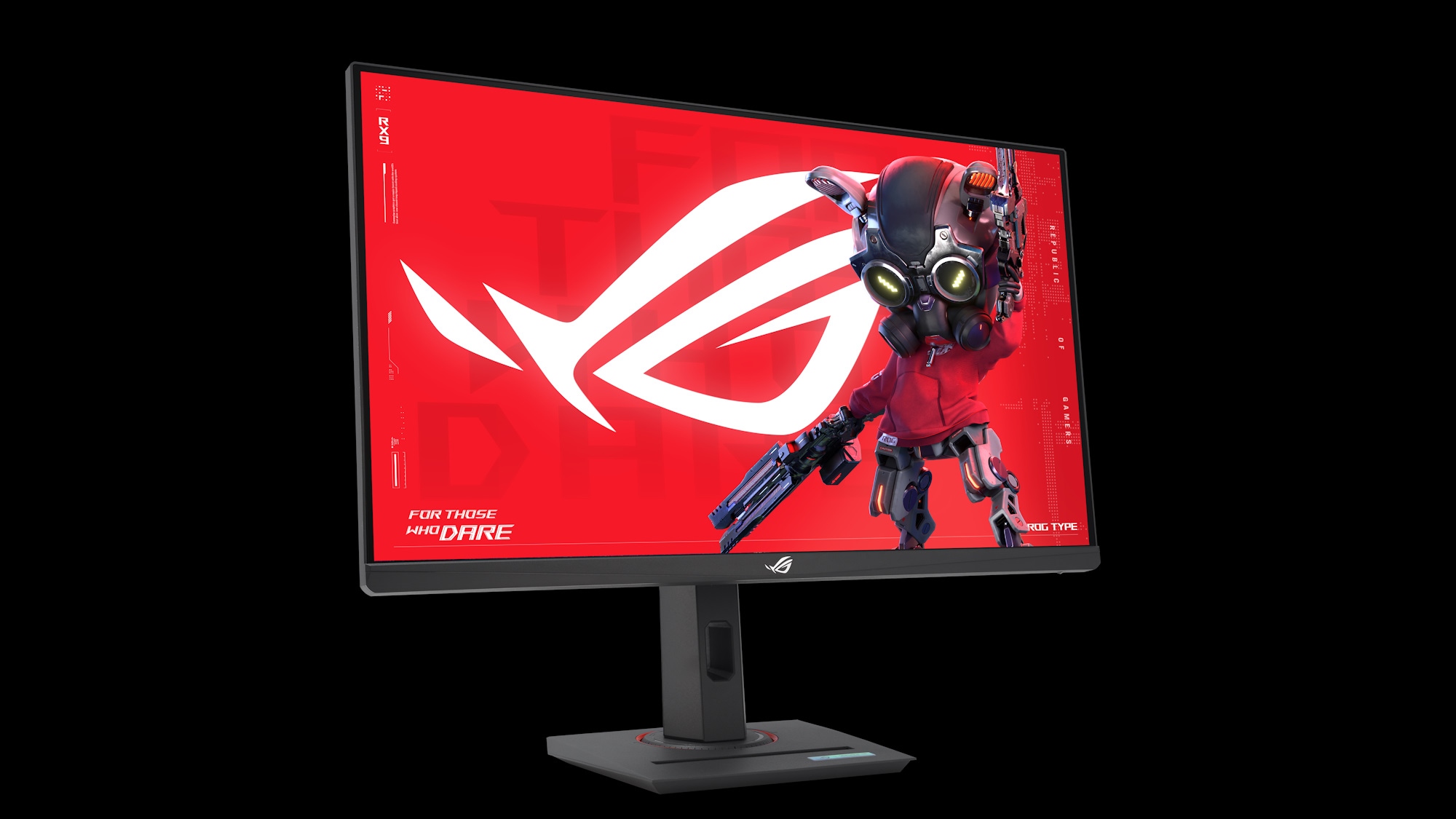
But there are reasons why you might prefer an LCD model. Check out the ROG Strix XG27UCG. It features a Fast IPS panel capable of switching between 4K 160Hz and FHD 320Hz at your whim, and its wealth of gaming features makes it a drop-in upgrade for many battlestations out there. Its speedy 1ms response time provides sharp gaming visuals, and it covers 95% of the cinema-grade DCI-P3 color gamut for bold, saturated colors. Niceties like a tripod socket, smartphone holder, a wide range of ergonomic adjustments, and a USB Type-C port wired to accept display signals provide an easy everyday experience.
Find the right dual-mode monitor for your setup
In the past, gamers with genre-spanning libraries faced the problem of finding a monitor setup that gave them an ideal experience in any title. Some built multi-monitor setups and switched between screens as necessary. Others played certain games on the living room television and other games on their esports-dedicated PC setup. Still others settled for an all-around gaming monitor that was okay for everything but not optimal for anything.
Today, you have a new option: a dual-mode monitor. This display gives you the ability to quickly shift between two modes, giving you the freedom to quickly dial in the right settings for the game or task at hand. At last, you’ll be able to buy one monitor that’s equally ready to support your ladder-climbing ambitions in competitive games and immerse you like never before in today’s lavish AAA spectacles. Use the comparison chart below to find the right ROG dual-mode monitor for your setup.
| ROG Swift OLED PG32UCDP | ROG Strix XG27UCG | |
|---|---|---|
| Size | 31.5-inch | 27-inch |
| Panel | WOLED | Fast IPS |
| Modes | 4K 240Hz Full HD 480Hz |
4K 160Hz |
| Response time | 0.03ms | 1ms |
| VRR | G-SYNC Compatible FreeSync Premium Pro |
G-SYNC Compatible FreeSync Premium |
| Color performance | 99% DCI-P3 True 10-bit color ΔE < 2 |
95% DCI-P3 |
| Connectivity | DisplayPort 1.4 (DSC) HDMI 2.1 USB-C with 90W PD |
DisplayPort 1.4 HDMI 2.1 USB-C with 15W PD |
| Other features | OLED Anti-Flicker OLED Care Custom heatsink AI Assistant Uniform Brightness Aspect Control DisplayWidget Center |
GamingAI Aspect Control DisplayWidget Center |
| Availability (US) | ASUS Amazon |
ASUS Amazon Best Buy Walmart |
| Availability (CA) | Amazon Memory Express |
Forfatter
Popular Post

How to boost gaming performance on the ROG Ally or ROG Ally X

How to configure your PC's RGB lighting with Aura Sync
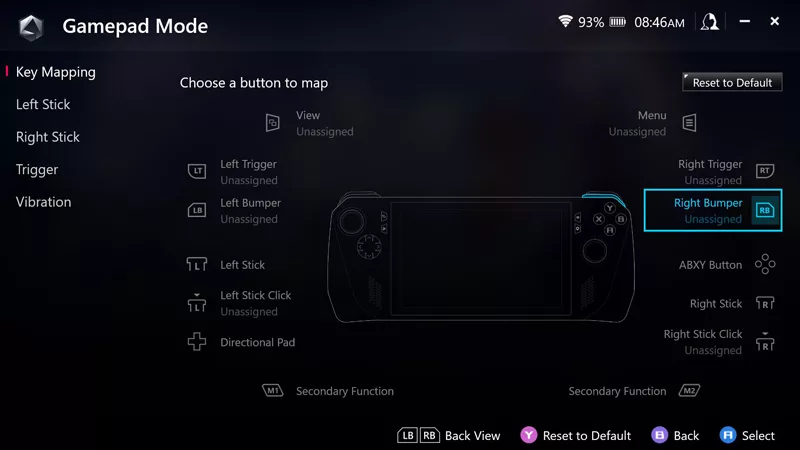
How to remap buttons and create custom game profiles on the ROG Ally or Ally X
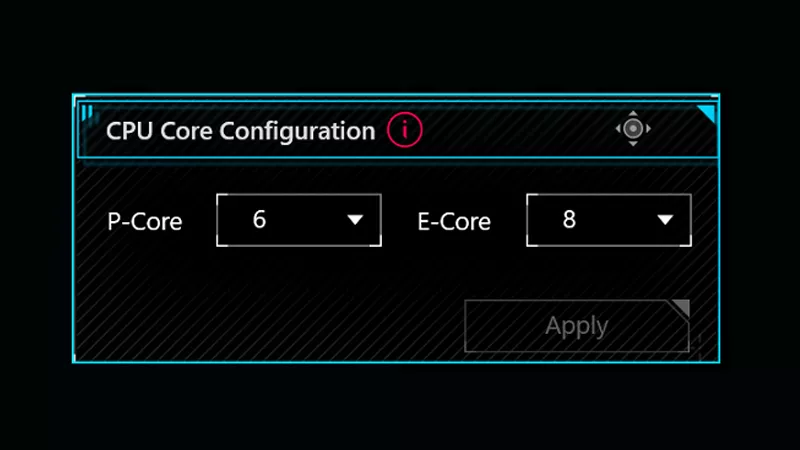
How to adjust your laptop's P-Cores and E-Cores for better performance and battery life

The ROG Swift PG35VQ elevates every game with an ultrawide HDR canvas
Siste Artikler
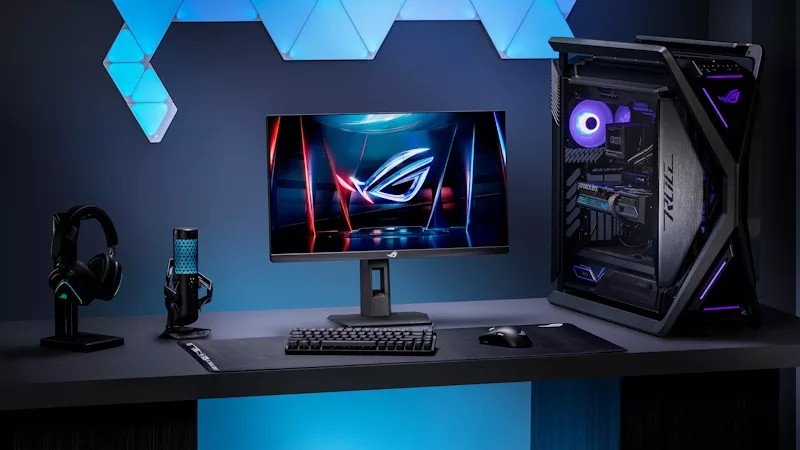
The ROG Strix Ace XG248QSG gaming monitor puts the pedal to the metal with a 610Hz refresh rate
Generations of ROG displays have fueled esports gamers’ need for speed. Meet our latest tournament-grade monitor.
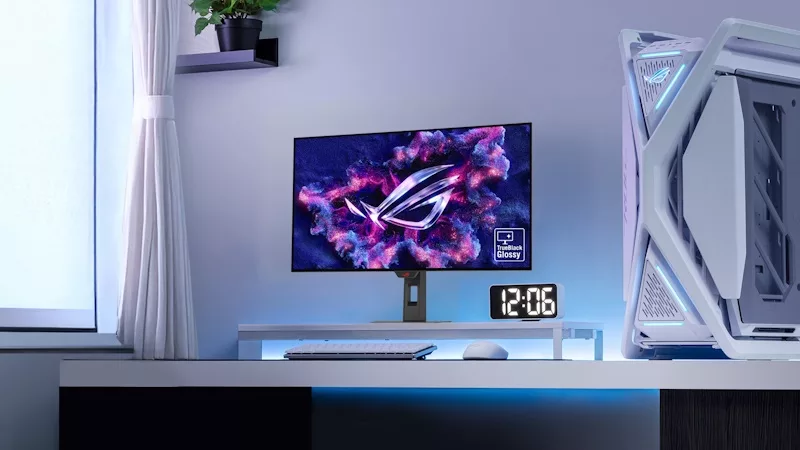
32-inch glossy WOLED panels debut in the ROG Strix OLED XG32UCWMG and XG32UCWG gaming monitors
Get inky blacks in any environment, deft reflection handling, vibrant OLED colors, and great gaming specs in a 32-inch monitor.
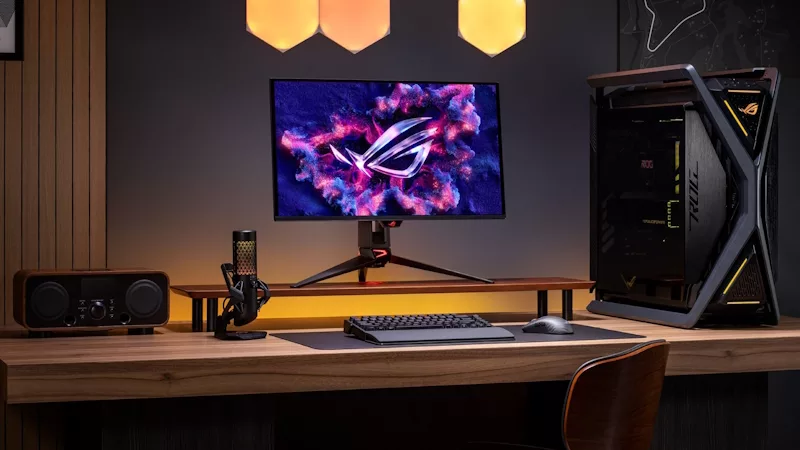
How the Neo Proximity Sensor on the latest ROG OLED monitors improves on its predecessors
The latest ROG OLED monitors feature a new upgrade: the Neo Proximity Sensor. Here's what it offers over previous models.
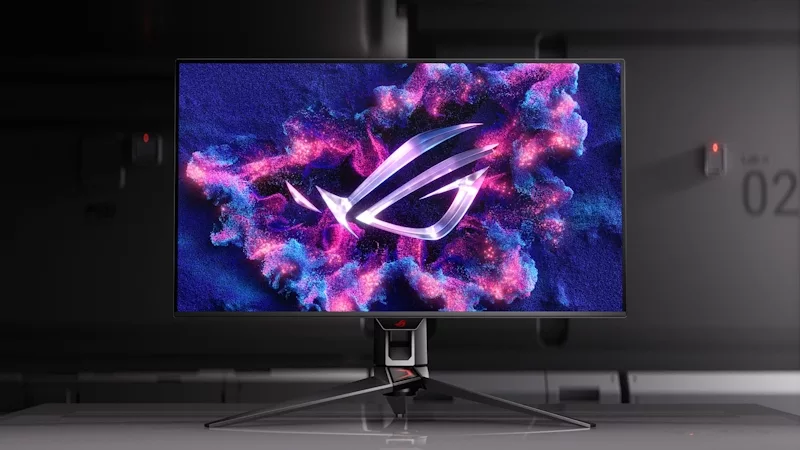
Get an optimal display experience in any game with ROG dual-mode monitors
A dual-mode monitor lets you dial in the right settings for your game, whether it's a high resolution or an ultra-fast refresh rate.
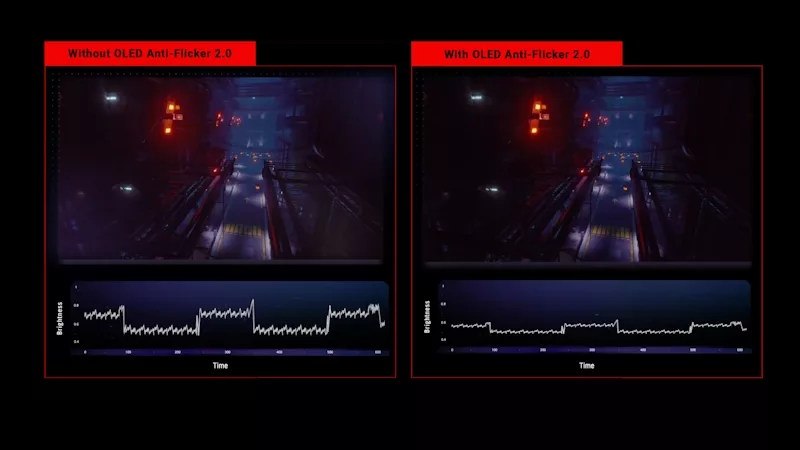
OLED flicker: What it is, what you can do about it, and how ROG leads the fight against it
Here's how the latest ROG OLED gaming monitors minimize distracting OLED flicker.
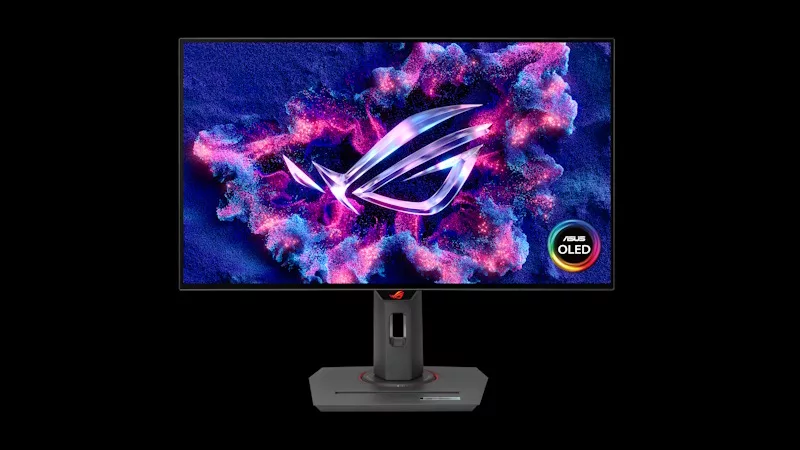
The ROG Strix OLED XG27AQDPG kicks the refresh rate up to 500Hz
500Hz and a 4th Gen QD-OLED panel makes this a dream monitor for competitive gaming.